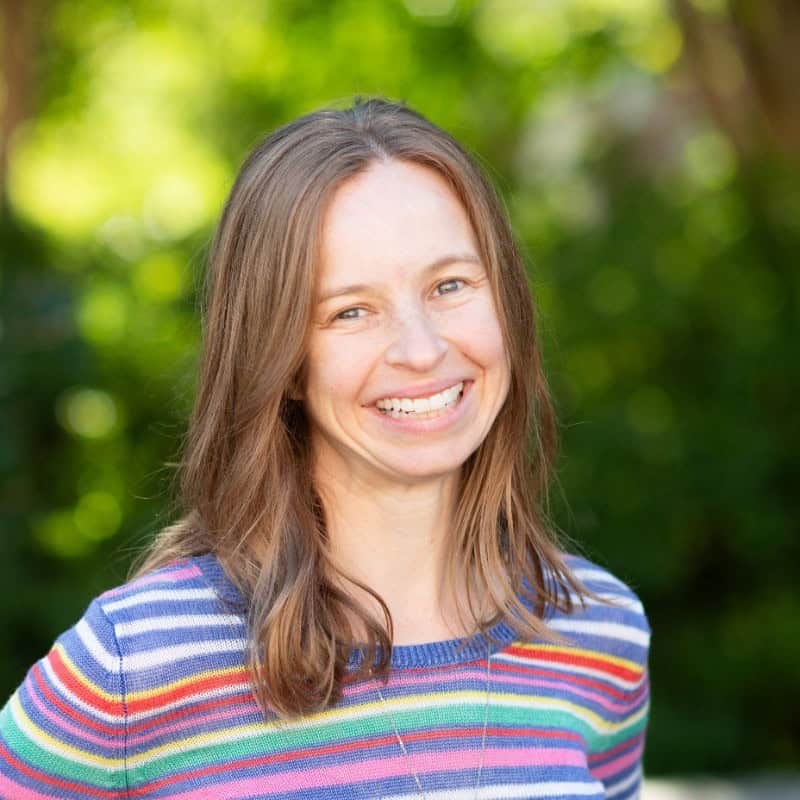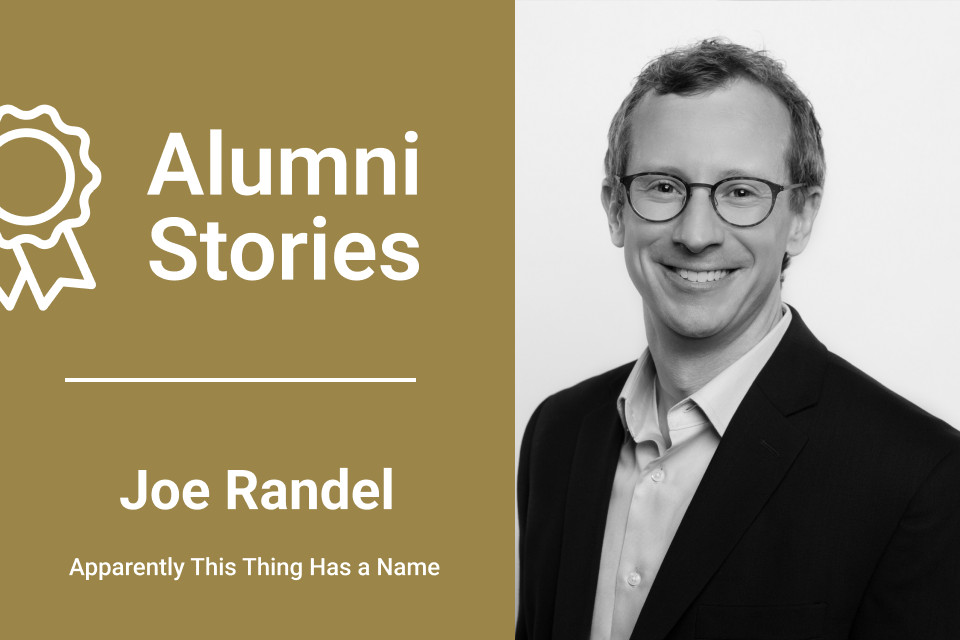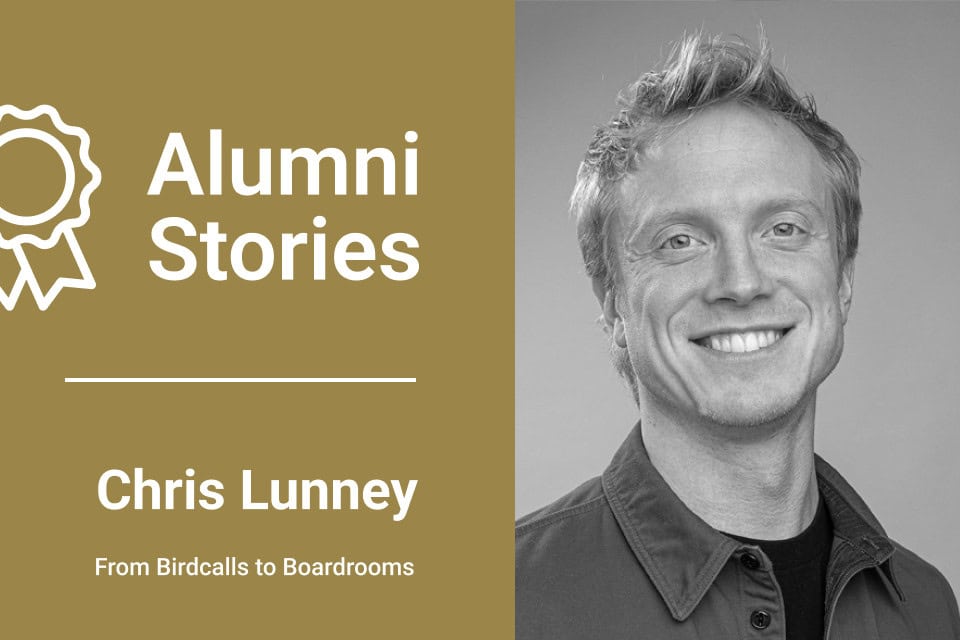How a professional dancer turned academic coach found her voice in facilitation
I didn’t grow up thinking I would become a facilitator. My first career was actually in dance. For six or seven years, I performed professionally while also juggling different small jobs that I pieced together to make a life in the arts. Dancing nurtured my creativity and encouraged a willingness to try new things and take risks. It also required that I be comfortable in the spotlight. Even though I wasn’t the loudest personality, I learned to step into the spotlight with purpose, confidence, and presence. That experience has followed me into every chapter since and is undoubtedly a grounding foundation for my work as a facilitator now.
Back then, when I was transitioning from dance into higher education, I wasn’t thinking about facilitation; I was thinking about college students. While working at AXIS Dance Company, where dancers with and without disabilities perform together, I oversaw interns—mostly college students. I found I loved mentoring them as they gained professional experience. Around the same time, my husband and I were involved in college ministry at our church, meeting students where they were and encouraging them in meaningful ways. Looking back, those two experiences were my first glimpses into a world of facilitation, even though I didn’t yet know the word for it.
So I went to graduate school for counseling—not with the goal of becoming a therapist, but because I wanted to be in higher ed. I loved the richness of that developmental time in life: students are asking great questions, trying things, and being vulnerable in ways that adults rarely are. After grad school, I worked in academic advising at UC Berkeley for two years, then moved into my current role at the University of Virginia as an academic coach. I’ve now been at UVA for almost seven years.

My role involves both one-on-one coaching and group facilitation. On the individual side, I meet with students about study strategies, time management, choosing a major, breaking down projects, or managing procrastination. It’s not always straightforward—sometimes students know what they need, other times I help them uncover the deeper challenges underneath the surface. On the group side, I design and facilitate workshops to support student success, such as navigating the transition, adopting a growth mindset, or using the science of learning. I also lead an accountability group for students who struggle with focus and/or organization.. In all these contexts, I began to wonder: how can I refine my skills to lead? What else is out there that could make me better at guiding these conversations and learning experiences?
Searching for Better Tools
During COVID, these questions became urgent. I was teaching a class of 150 first-year students online, plus leading a discussion section of 15 or 20 on Zoom. It was difficult to get them engaged. I remember thinking: I don’t have the tools I need to do this well. A few years later, I taught another in-person class for first-years, and although I managed some good breakout activities, I still wanted to get better. That’s when I started googling.
Somehow, I landed on the word facilitation. That became the keyword that opened up a new world. I discovered Voltage Control through one of their introductory sessions. I could only attend part of it before being pulled into another meeting, but even in that short time, I was struck by the energy, the interactivity, the way engagement was baked into every moment. That was exactly what I was searching for.
For me, that was the real gift of certification: not just learning new tools, but learning to see myself differently. And now, whether I’m in a classroom, a meeting, or a community gathering, I carry that with me.
I didn’t do a ton of research beyond that. I saw enough to know that this was the kind of growth opportunity I was looking for. I wanted to learn how to design better experiences, not just transfer knowledge. I wanted tools that would help me spark participation rather than stare at blank Zoom screens. Facilitation seemed to be the bridge.
Making the Leap
In the end, the decision was fairly straightforward. I had professional development funding through my job, so the resources were available. The timing worked. The little taste I had seen from Voltage Control felt aligned with what I needed. So I jumped in.
There wasn’t one single dramatic tipping point—more of a quiet confidence that this was the right move. And I’ll admit, I was nervous. I didn’t think of myself as a facilitator at that point. I wondered if I belonged in a certification program where CEOs and senior leaders were also enrolled. But I knew that I wanted to grow, and that was reason enough.
Finding My Place in the Cohort
Once the certification began, I quickly realized the power of being in community. My cohort was filled with people from contexts wildly different than mine—executives, consultants, global leaders. At first, their titles were intimidating. But everyone was kind, and the pairing with buddies helped make the experience more personal. My instructor, Skye, had a background in higher ed, which reassured me that my context belonged in this space too.
During the program, I was paired with three great buddies from around the world. Each person was a valuable connection.: We were fellows journeying the path together, encouraging, sharing ideas and feedback, providing accountability, and more. Even though I sometimes wished there were more people from K–12 or higher ed in my cohort, the diversity of perspectives was a gift. It helped me see that facilitation is a universal skill, one that adapts across industries and cultures.
The content itself gave me several “aha” moments. Priya Parker’s work on the importance of purpose especially stuck with me. Slowing down to ask “why” before diving into planning has transformed the way I design workshops. I loved it so much that I borrowed the book from the UVA Library after giving my copy away, so that I could ask my new hire to read it so we could share the same grounding. The field guide activities were another highlight. I tried “I Used to Think, Now I Think” with a group of incoming first-years, and it worked beautifully. Such a simple tool, but powerful in helping students notice their own growth.
Perhaps the biggest shift, though, was simply starting to see myself as a facilitator. Before certification, I would never have used that word to describe myself. Now I do—with confidence.
Bringing It Back to UVA
The changes showed up quickly in my work. That summer workshop I mentioned, where I ended with “I Used to Think, Now I Think”—I don’t think I could have designed it as thoughtfully a year earlier. It felt like a workshop with more purpose, more intentionality, and more engagement. The response confirmed it. The feedback from colleagues helping to facilitate was overwhelmingly positive, and I’ve heard the Orientation Team wants to include the session multiple times next year, so more students can participate. A few students even stopped on their way out to say thank you and tell me how helpful it had been; for an 18-year-old to offer that kind of feedback unprompted meant a lot.
I have also found myself stepping into meetings and increasing leadership moments with more confidence. After being promoted last fall, I started contributing ideas in peer and supervisor meetings, suggesting new approaches, or gently redirecting conversations. I realized that facilitation isn’t just something I do in front of students—it’s a way of showing up in any group setting. Even as a participant, I can help make a meeting better. I’ve even caught myself drawing on field guide activities informally, like reframing a discussion with colleagues by borrowing language from “hopes and fears,” or inviting quieter voices in the room with a facilitation move instead of waiting for someone else to steer.
Looking Ahead
For now, I see myself staying in higher ed. Maybe at some point I would consider a move into talent development, but for now I still love working with college students and I love the vibrancy of this developmental stage..Wherever I go, whether in work or in my personal life, facilitation skills will translate. I know I’ll keep drawing on these tools whether I’m teaching, coaching, or leading meetings.
I also hope to keep connecting locally. I attended the first Facilitation Lab Charlottesville meetup, where I ran into colleagues from UVA I didn’t even realize had gone through the certification. That was energizing, to see how this work is sparking connections even on my own campus and within my context. I’d love to keep building those networks and practicing together. It reminded me of the joy of bumping into fellow learners unexpectedly—like discovering a shared vocabulary that makes collaboration easier. Knowing there are others nearby experimenting with facilitation gives me energy and courage to keep practicing, not just alone but as part of a living, breathing community.
Facilitation has given me new confidence and new language for the work I’ve already been doing. It has shown me that what I do matters, even if my context looks different from others in my cohort. If you’re considering certification, my advice is simple: reach out. I had a one-on-one call with Eric before joining, and his validation gave me the assurance I needed. Don’t be afraid to ask, does this fit me? The answer might surprise you.
And once you’re in, start your portfolio early. It’s time-consuming, yes, but worth it. The process forces you to reflect, to capture your growth, and to own your voice as a facilitator. For me, that was the real gift of certification: not just learning new tools, but learning to see myself differently. And now, whether I’m in a classroom, a meeting, or a community gathering, I carry that with me.


